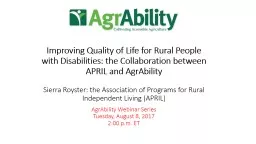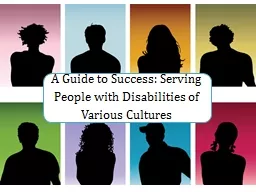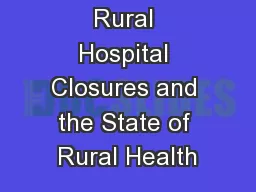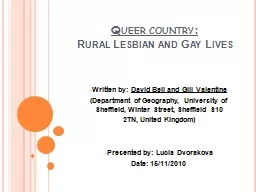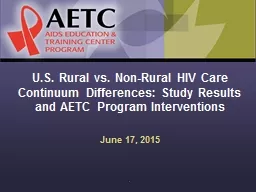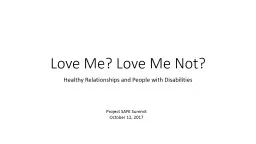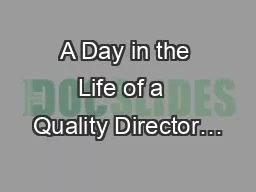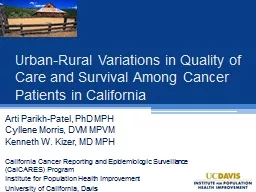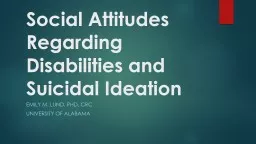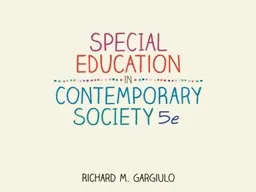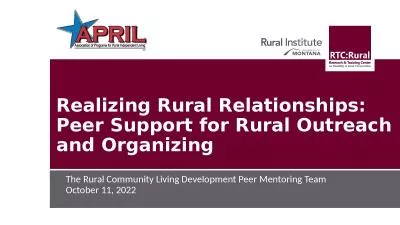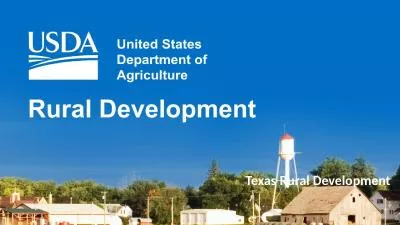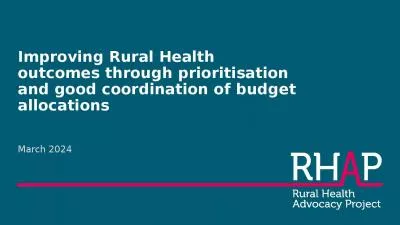PPT-Improving Quality of Life for Rural People with Disabilities:
Author : bubbleba | Published Date : 2020-06-16
the Collaboration between APRIL and AgrAbility Sierra Royster the Association of Programs for Rural Independent Living APRIL AgrAbility Webinar Series Tuesday
Presentation Embed Code
Download Presentation
Download Presentation The PPT/PDF document "Improving Quality of Life for Rural Peop..." is the property of its rightful owner. Permission is granted to download and print the materials on this website for personal, non-commercial use only, and to display it on your personal computer provided you do not modify the materials and that you retain all copyright notices contained in the materials. By downloading content from our website, you accept the terms of this agreement.
Improving Quality of Life for Rural People with Disabilities:: Transcript
Download Rules Of Document
"Improving Quality of Life for Rural People with Disabilities:"The content belongs to its owner. You may download and print it for personal use, without modification, and keep all copyright notices. By downloading, you agree to these terms.
Related Documents

